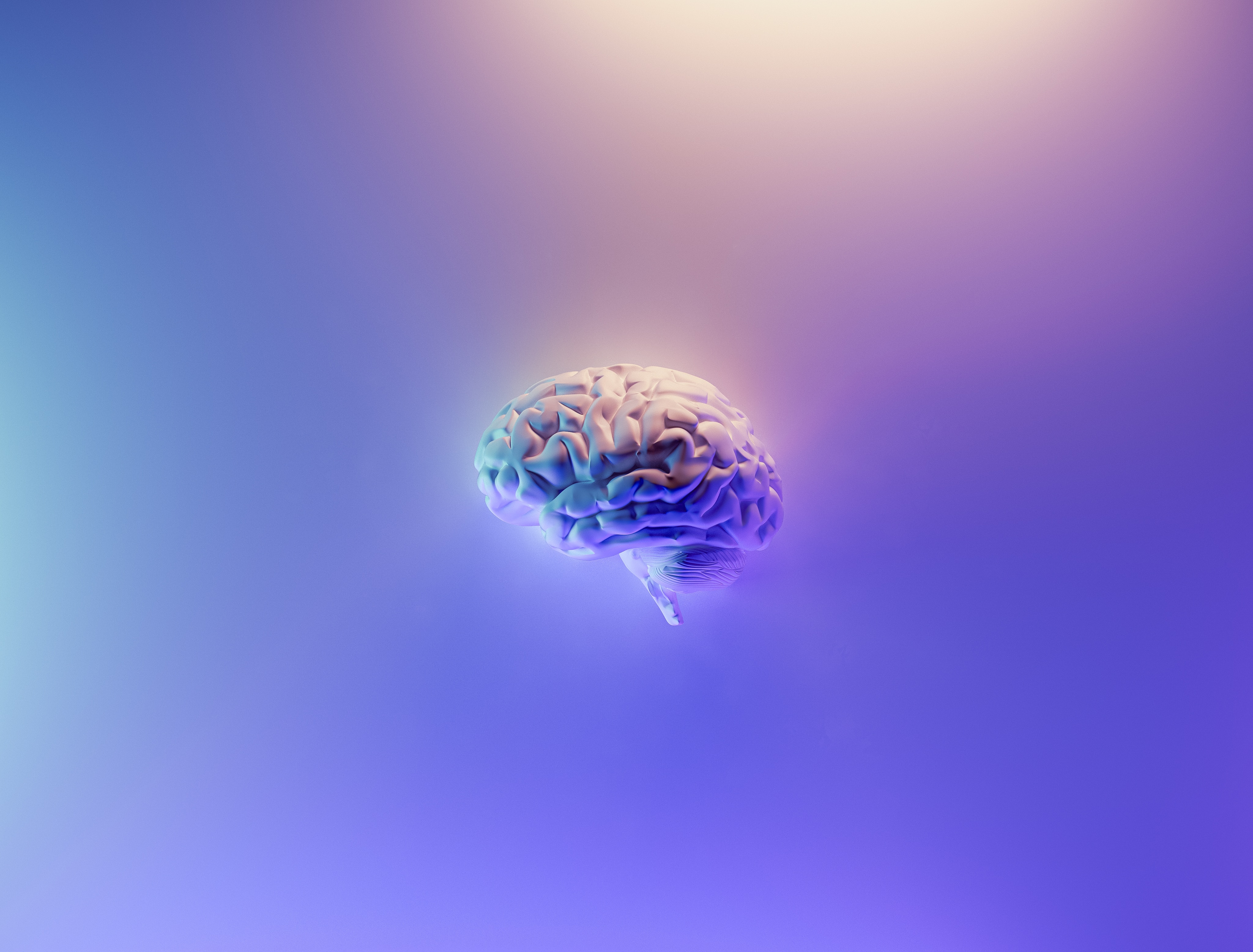Language acquisition is a cognitive exercise reshaping the brain, as seen in Dr. Ping Li's research and studies at Georgetown University. Multilingualism enhances gray matter volume, emphasizing cognitive benefits.

The process of language acquisition is a fascinating journey that goes beyond just building vocabulary. It intricately involves our brain, challenging the conventional idea of left-hemisphere dominance. Dr. Ping Li from Pennsylvania State University sheds light on the multifaceted nature of mastering a language, emphasizing the engagement of various brain regions and the corpus callosum for seamless information exchange. It turns out, our brain's adaptability is quite remarkable, as indicated by a study showing storage variations of a second language based on the age of acquisition, pointing towards cortical adaptation.

The pursuit of challenging languages, as encouraged by linguists, goes beyond being merely an intellectual endeavor. It's a cognitive exercise that reshapes the brain's structures, enhancing its flexibility for continuous learning. Learning languages induces beneficial changes in the brain, comparable to the effects of physical exercise on muscles. It's not just a smart move; it's like a workout for our brain, altering its structures and making it more adaptable for ongoing learning.
Exploring the nuances of languages leads to structural alterations and functional improvements in the involved brain regions. Studies reveal an increase in both white and gray matter, essential components housing neurons and synapses, in regions crucial for language acquisition. The corpus callosum, in particular, experiences enhanced white matter volume and increased fiber count, facilitating improved connectivity between the brain's hemispheres during the acquisition of a second language.
Multilingual individuals exhibit the ability to effortlessly switch between languages, which is essentially a mental exercise shown to increase gray matter volume in various brain regions. Dr. Ping Li's research highlights the enlargement of the anterior cingulate cortex, underlining its role in monitoring spoken languages and preventing interference.

Further investigations at Georgetown University Medical Center, led by Guinevere Eden, reveal greater gray matter volume in bilingual adults compared to monolinguals. This is particularly evident in frontal and parietal brain regions associated with executive control, indicating notable changes. The dorsolateral prefrontal cortex, crucial for executive functions and problem-solving, also shows adaptation in bilingual individuals. Mia Nacamulli's Ted-Ed talk further emphasizes these cognitive benefits of bilingualism, shedding light on the intricate neurological changes induced by language learning.
To sum it up, language acquisition is more than just accumulating vocabulary; it represents a profound cognitive exercise that significantly impacts the brain. Insights from Dr. Ping Li and research conducted at Georgetown University converge to underscore the substantial benefits of acquiring new languages. Drawing a parallel between language learning and physical exercise emphasizes the holistic cognitive benefits associated with the pursuit of linguistic proficiency.

Cheyma Rahmeni
As the founder and CEO of Polydioms, Cheyma Rahmeni stands out as an accomplished linguist with over a decade of experience in language teaching, translation, and consulting within the dynamic field of multilingualism. Proficient in more than 5 languages, Cheyma is driven by an unwavering passion for language learning and a deep understanding of its multiple benefits.
Graduating from the Sorbonne University in Paris with a degree in linguistics, Cheyma seamlessly integrated her academic foundation with practical experience, earning a Masters in International Trade and Marketing. Her holistic approach forms the bedrock of her language education philosophy.
Cheyma has not only left an indelible mark in guiding numerous individuals to fluency in French, English, and Arabic but has also actively contributed to the linguistic development of multicultural children, fostering a profound appreciation for language and cultural understanding.
As the visionary behind Polydioms, Cheyma brings a unique approach to language learning. Her methodology is interactive, well-constructed, and efficient, reflecting her commitment to making language education accessible and enjoyable.
Connect with Cheyma for insightful discussions, questions, or personalized language assistance, as she continues to shape the landscape of language education.